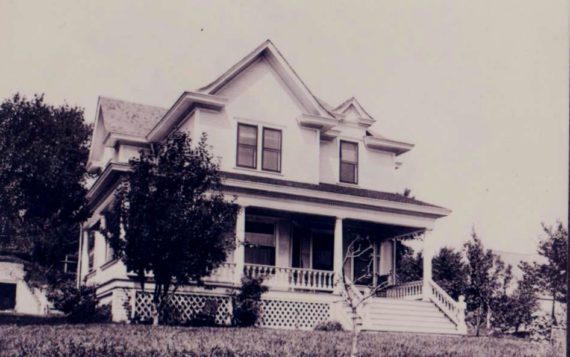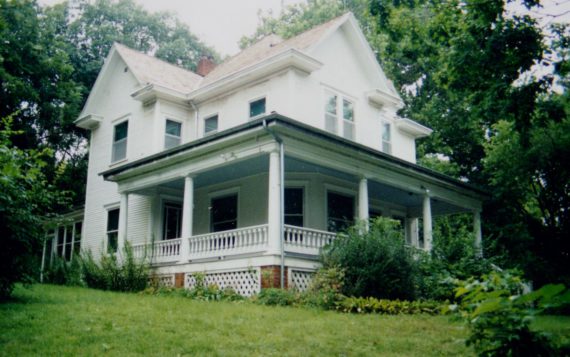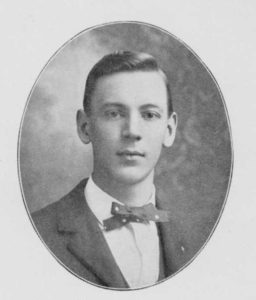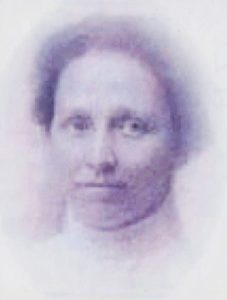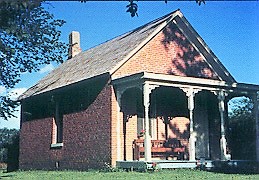Visit the Museum
The Washington County Museum is the caretaker of the county museum. We also are caretakers of two historic properties that are listed on the National Registry.
Our museum features three galleries with different themes, and a library for research.
The Edith Neale Gallery:
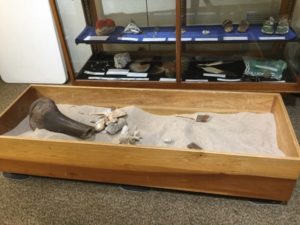
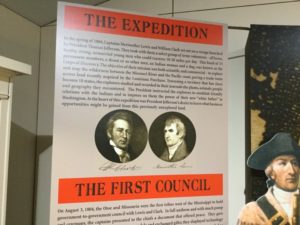
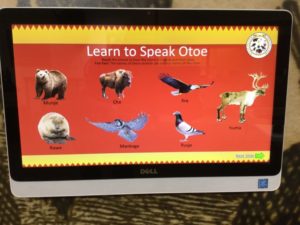
This room depicts the history of Washington County from pre-historic times through the mid 1800’s. The gallery is named for Edith Neale (1891-1980), a staunch crusader for the preservation of Washington County history, one of the founders of the Fort Atkinson Foundation, and former director of the museum until 1971.
In this gallery you will find:
- Prehistoric relics
- Mammoth bones
- Kid’s archaeological dig box
- Native American artifacts
- Story of Lewis & Clark’s First Council with the Otoe and Missouria Nations
- Interactive language exhibit, featuring the Otoe language
- Dress up as a soldier or be Captain Clark for the camera
- Fort Atkinson artifacts
Gallery of Pioneer History:
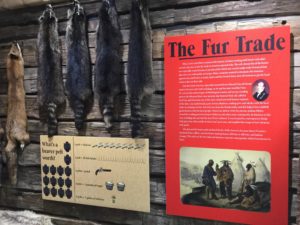
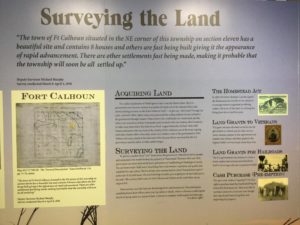
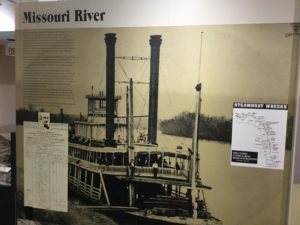
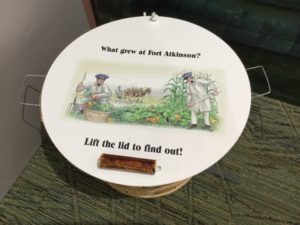
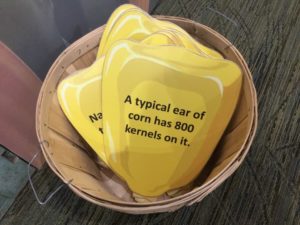
This room features the story of pioneers and the towns that formed Washington County in the middle 1800’s.
It includes displays and exhibits on the following:
- early fur trading posts
- Fort Atkinson and the Mormon migration
- The Homestead Act and Native People
- Early land claiming and settlement
- Development of early Washington County towns
- Development of agriculture and businesses
- immigration
- Prohibition and Women’s Suffrage
- Early schools
- hands-on “fun facts” about agriculture
- many other glimpses into our past
Bank Gallery:
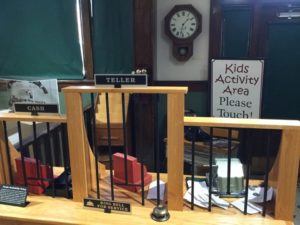
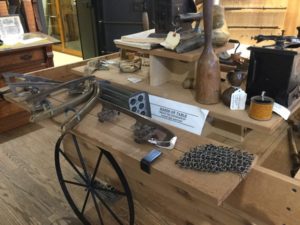
This room houses the former Fort Calhoun State Bank original lobby from the 1920’s and features:
- Wildcat money display
- Historic Firearms of Washington County
- History of county sheriffs
- Hands-on kids bank teller area
- touchable 1800’s artifacts
Research Library:
If you have roots in Washington County and want to research your family history, we can help. We have a wealth of information on towns and families dating back to the 1850’s and 1860’s. Call Faith at the museum to assist you as you research your history.
We have:
- Plat Maps/Maps
- School Records
- Family Histories
- Photographs
- Marriage Records
- Census Records
- Cemetery Records
- Computer Access to Ancestry.com
- Obituaries
- Quit Claim deeds
- Abstracts
- Scrapbooks
- Real-estate records
- Legal Records
- Writings of Edith Neale
- Writings of William H. “Grandpa” Woods
- Newspapers
Pioneer biographies are available on some of Washington County’s early pioneers. Click here to see available information.
The Blair Historic Preservation Alliance (BHPA) serves to advocate for the protection and appreciation of the historic properties of Blair, NE. This organization has information and photos of many of the historic homes and buildings in Blair. Their website can be viewed by clicking HERE. http://www.blairhistory.com/
The Washington County Genealogical Society, located at the Blair Library and Technology Center, contains additional genealogical data on the people of Washington County. Their website can be viewed by clicking HERE. http://libraries.ne.gov/blair/genealogy/
For more information on Danish history, contact the Danish American Archives and Library by clicking HERE. http://danishamericanarchive.com/
Facilities Usage
Our library is available for individuals and groups to use. Copies of photographs and other records can be made for a nominal fee. Community organizations may use our library free of charge by contacting us. Our library has rolling conference tables for multiple configurations, and can comfortably seat 15-20 people for research or lectures. We have computer and audio visual materials available for use.
Historic Properties
Long Creek School
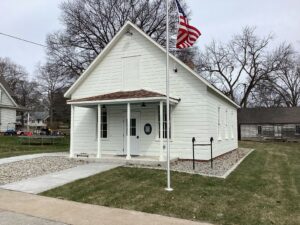
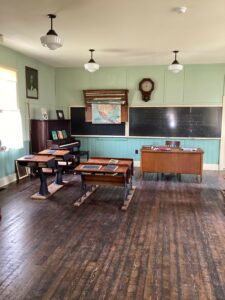
This 1877 one room schoolhouse sits on the property of the Museum, after being moved from its original location 4 miles west of Fort Calhoun. It has been beautifully restored and furnished like a late 1800s school room with original artifacts. Inquire about school tours, homeschool classes, or scouting event space. It has electricity and air-conditioning/heat and is available for public use. There are tables and chairs that will comfortably seat approximately 40 people. Please contact the museum to inquire about availability and usage.
The Frahm House
The historic Frahm House was designed and built by the architectural firm of Fisher & Lawrie of Omaha, designers of several prominent Omaha buildings including the Bemis Building, the Fairbanks-Morse Building, Sacred Heart Catholic Church and the Storz Mansion.
This beautiful Colonial Revival Home was built in 1905 as a wedding gift by Alfred (Fred) Frahm for his bride, Sarah (Sade) Beales. Mr. Frahm purchased six blocks of land in 1903 from his brother-in-law for $850, and then built his home and general store on the main street of Fort Calhoun in 1905. The house is located on a hillside which provides a bird’s eye view of the town and the Missouri River. The family lived in this home until their only child, Catharine, passed away and the home was bequeathed to the Washington County Museum in 1994. The home is on the National Register of Historic Places, and is one of the few homes in Nebraska built in the early 20th century that does not have a structural addition. Most of the items in the home are original to the family.
The Frahm House is open by request and for special events throughout the year. Group tours are available upon request. This lovely home is located 2 blocks from the museum at 220 S. 15th St. Fort Calhoun. It has been beautifully restored inside with a wheelchair-accessible restroom. The front porch has been rebuilt with a wheelchair ramp for easier access to the house. The Frahm House can be booked for personal events. There is no set price, simply make a donation to the museum. Please call the museum to inquire about availability.
